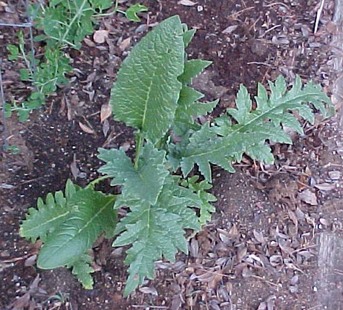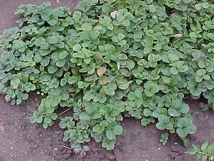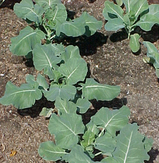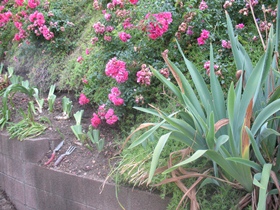
Some Transplanting Thoughts
Perennial Vegetables – Artichokes, Asparagus, Rhubarb
Plant perennial roots now through November so they, like garlic, will develop extensive root systems before cooler weather. All three of these “heavy feeders” benefit from incorporating lots of manure and compost and adding more as mulch throughout the year. As you place them in their planting holes, point their roots downward so they’ll continue to grow deeply and thereby stay cooler and moister through the winter and coming summers. While you can space asparagus only a foot or so apart, they do need to be about six inches deep to have better access to nutrients washing down from that manure and compost mulch, and to keep clear from harvesting knifeblades. Also place artichokes and rhubarb roots that deep, but space them a good four to five feet apart to accommodate their widespread foliage as well as root nutrition needs. After all, you’re planting for harvests through the next 15-20 years!
Strawberries
Separate “mother” strawberry plants and their rooted offshoots from now through November to develop extensive root systems before cool weather slows growth. Break apart the mother plants and save only the smaller sections with lots of new white roots. The darker roots with extended necks are too old to continue producing well so they’ll be of greater value decomposing in the compost pile. Into the new planting bed area -- away from where potatoes, tomatoes, eggplants, and peppers have grown within the last three years -- incorporate manure, compost, rock fertilizers, and cottonseed meal. Space new plants a foot apart so the crown is just above the soil level once the area is watered in. The three distinguishing plant parts tell you how deeply to plant it – the roots covered, the leaf bases above soil, and the middle portion is where the soil level should be.
Cole Crops
Plant cole crops up to their first set of leaves to prevent their developing into weak, leggy plants. Unlike tomatoes, they won’t form roots along that buried portion, but planting this bit more deeply provides more stability, and the cuticle keeps them from rotting which would be the case with planting other seedlings more deeply than they grow on their own.
Perennial Flowers and Bulbs
To transplant large clumps of perennial flowers and bulbs, water the area first to help loosen the soil and roots. First, with a fork wiggled back and forth to help loosen the rootball from the surrounding soil, try to gently pull apart individual plants. For harder-to-dislodge portions, use a spade or sharp knife to separate them, paying close attention to cutting into root masses but missing the central heads. After shaking loose as much soil as possible from the separated sections, discard the old, unproductive ones into the compost pile. Trim the foliage of the young growth to four or six inches. Dig in compost, replant, and water in well.




 RSS Feed
RSS Feed